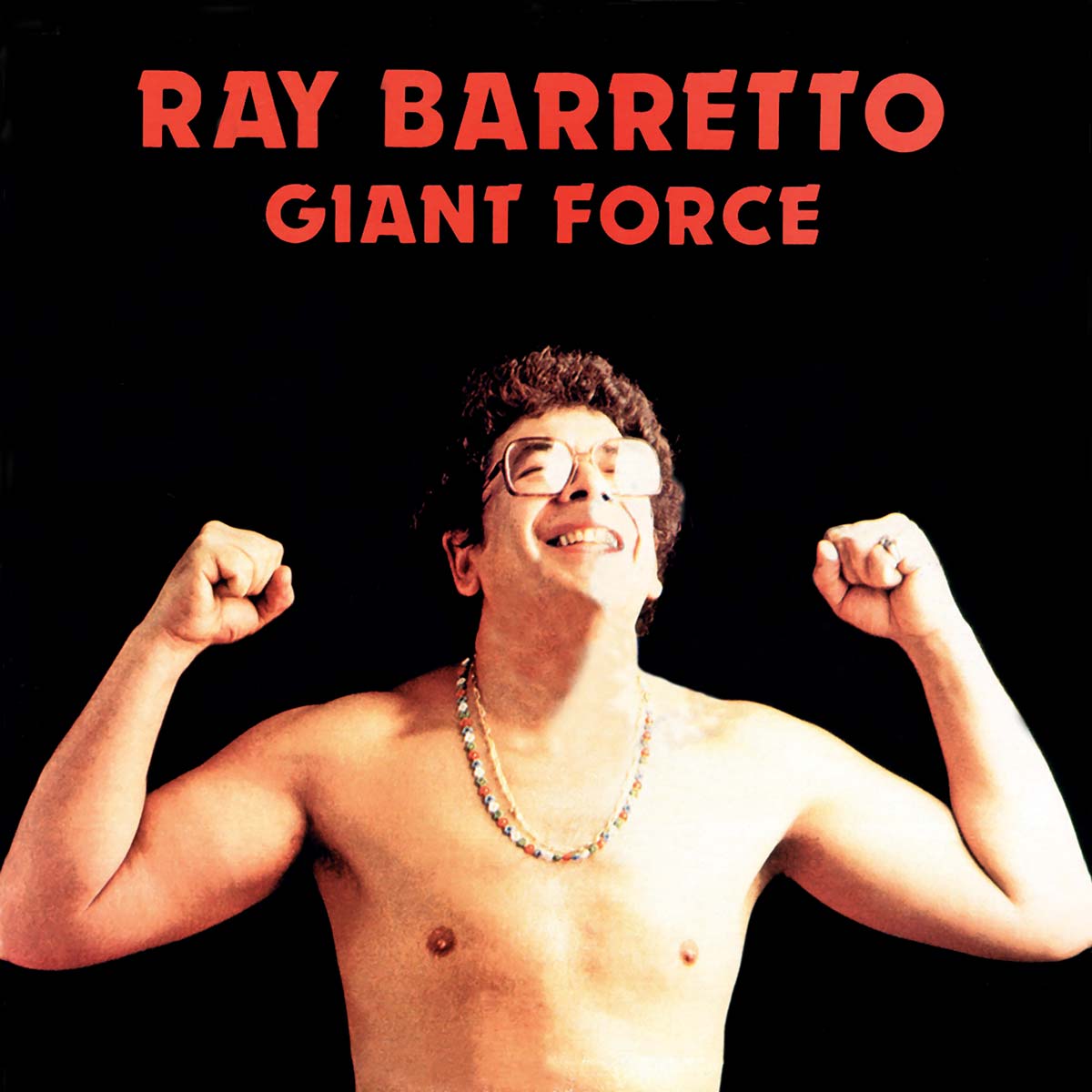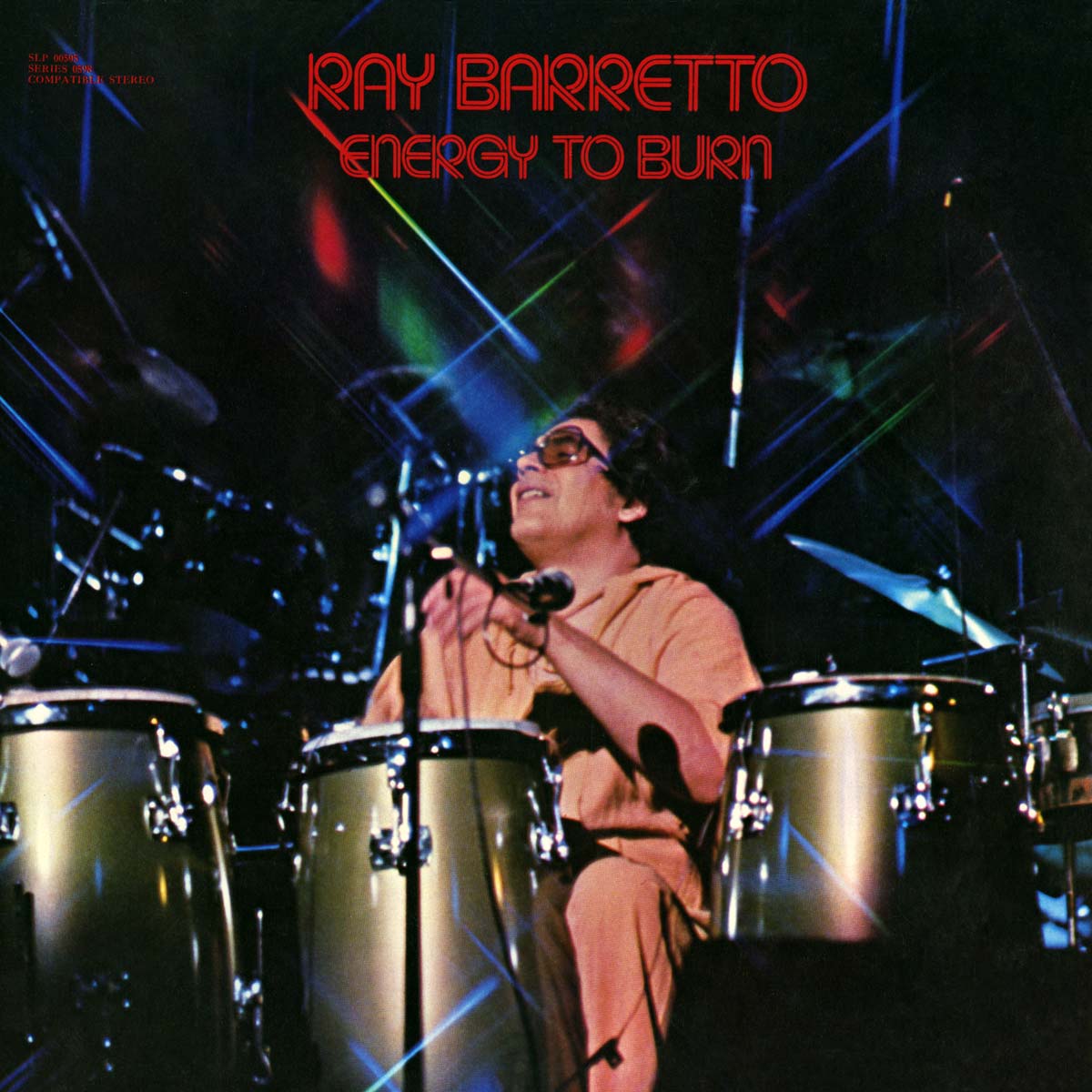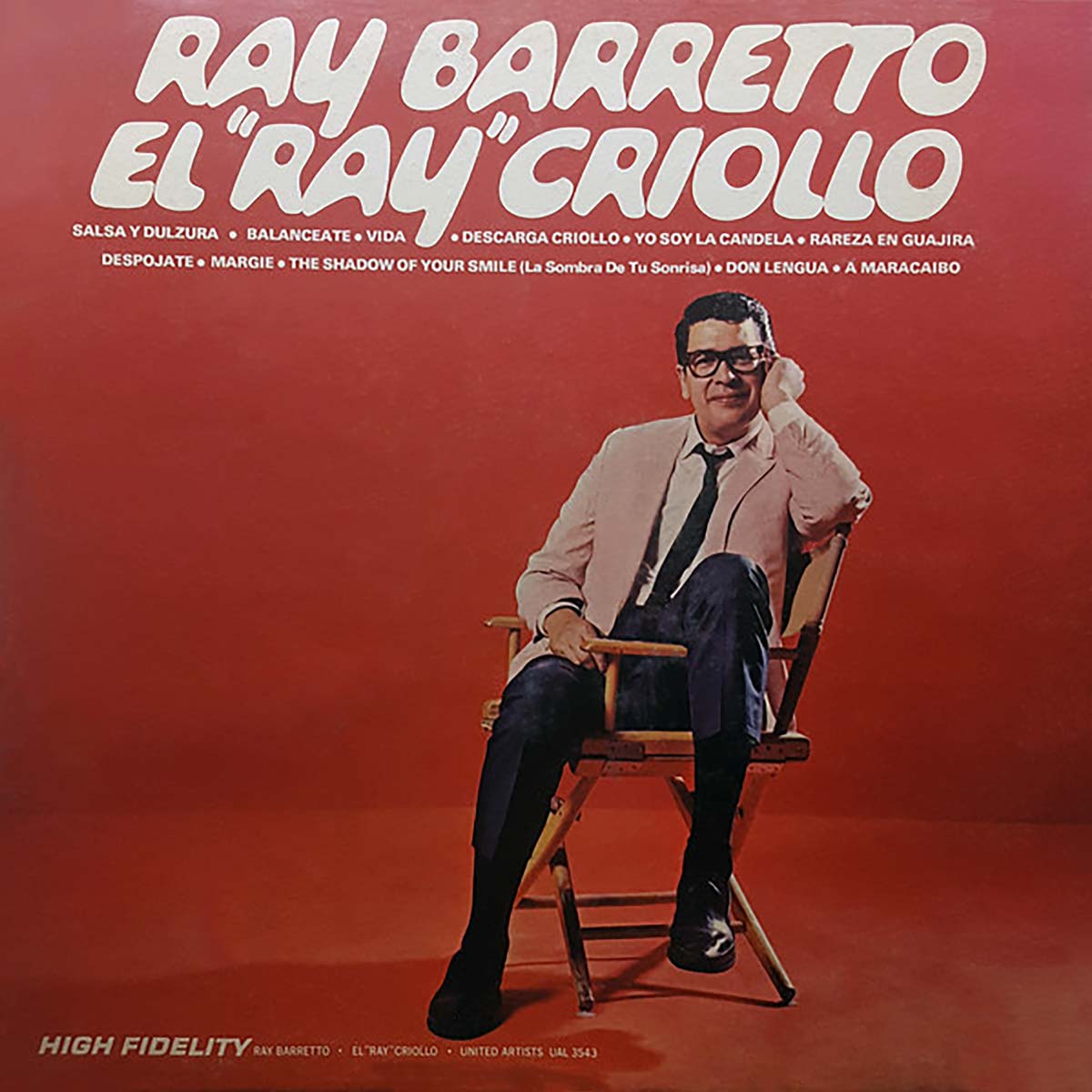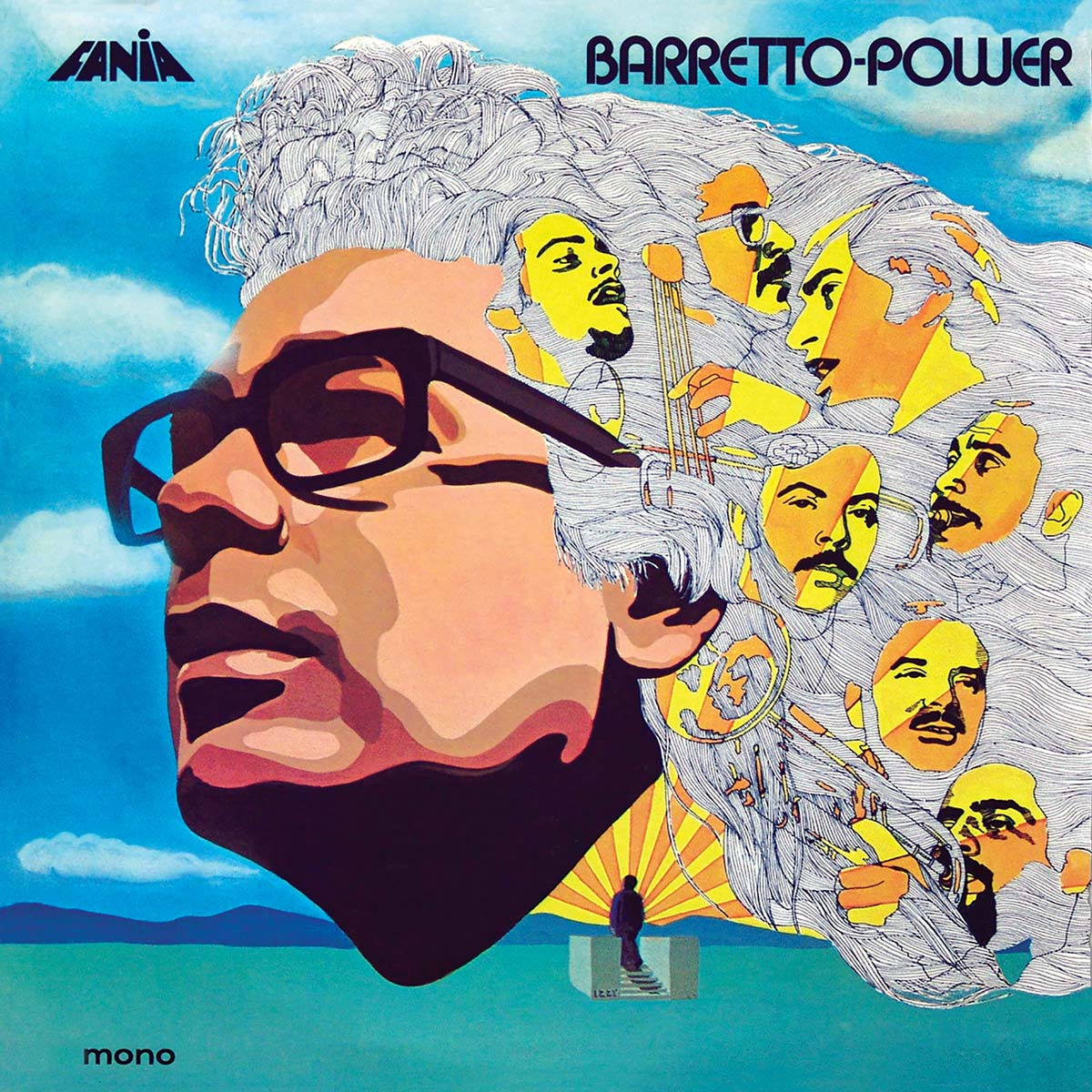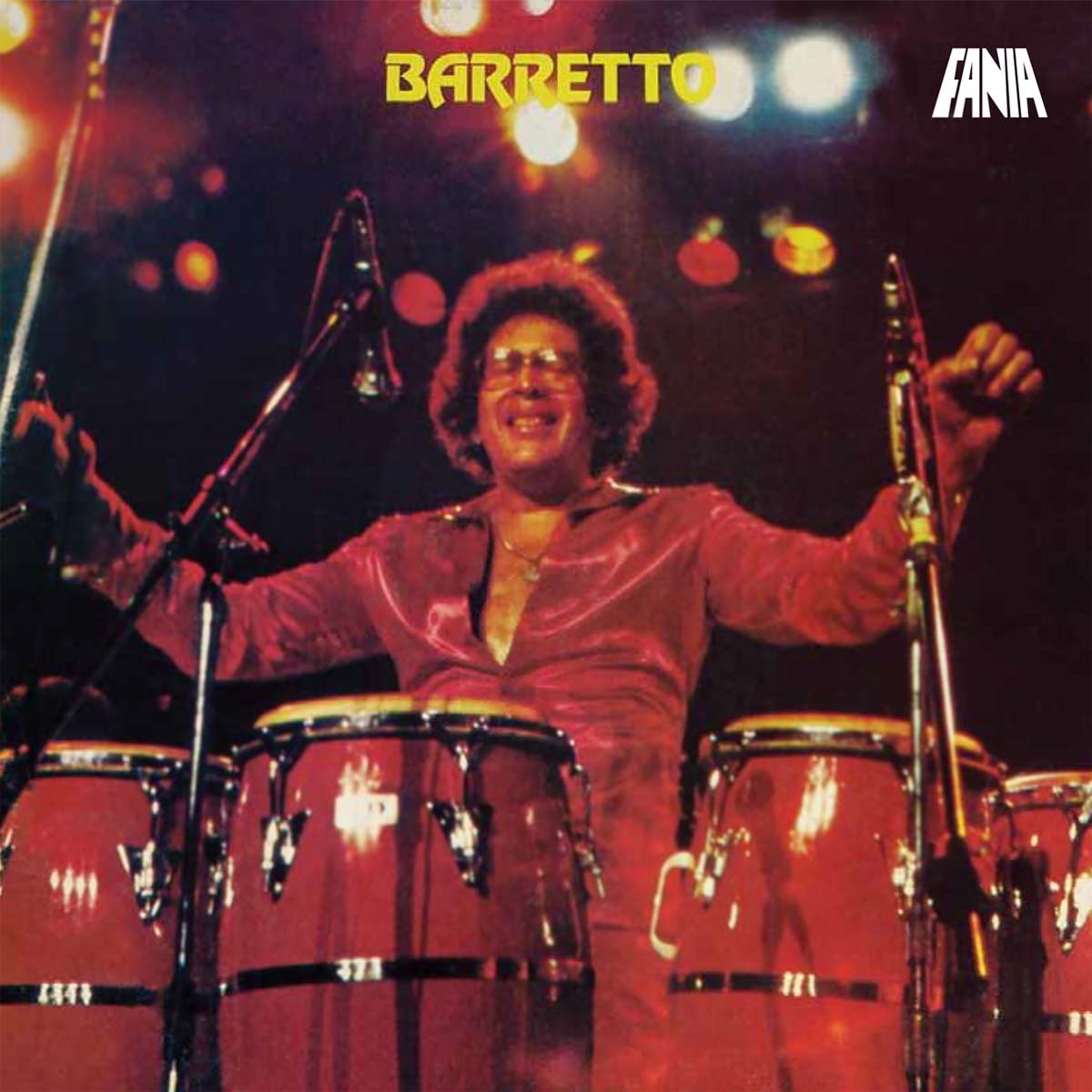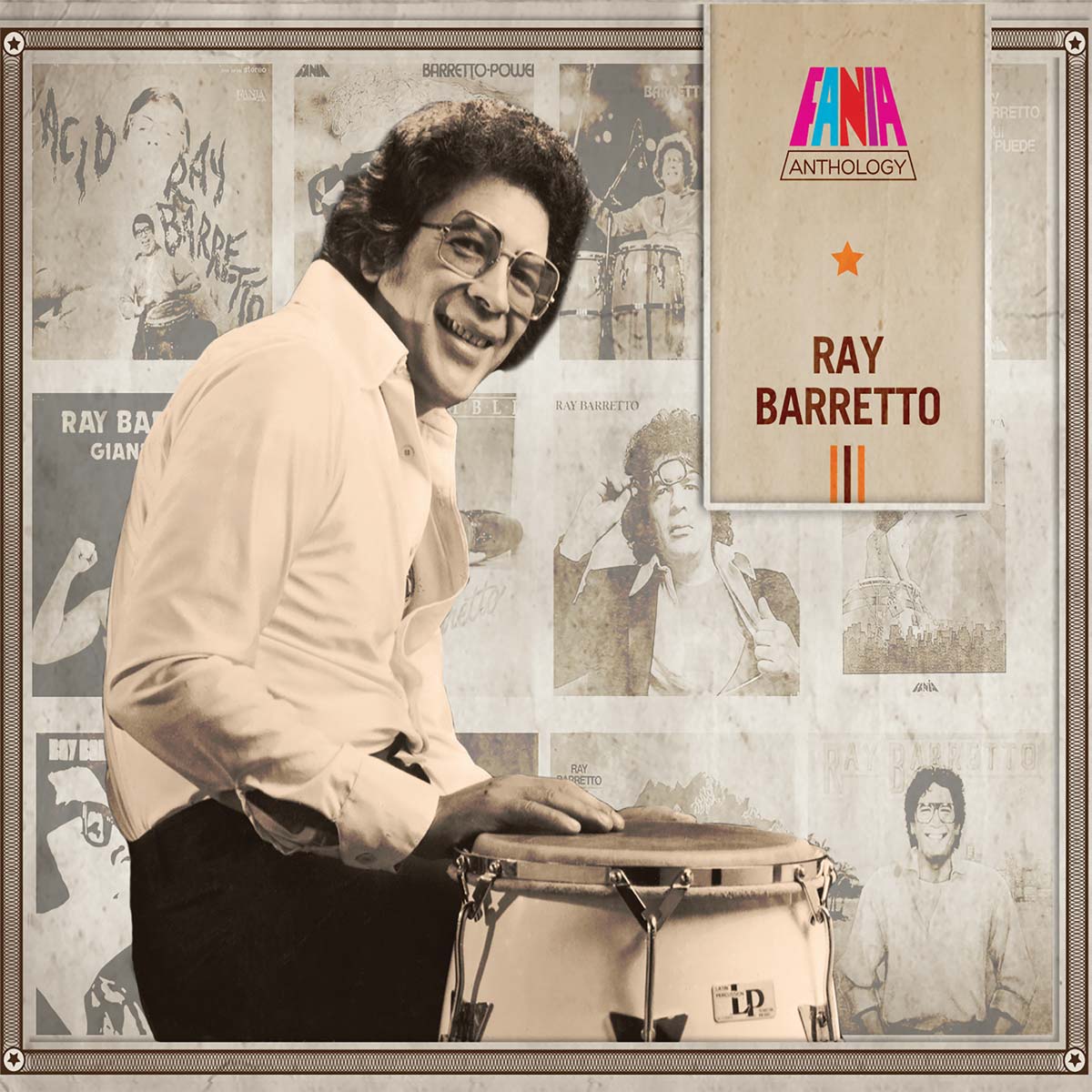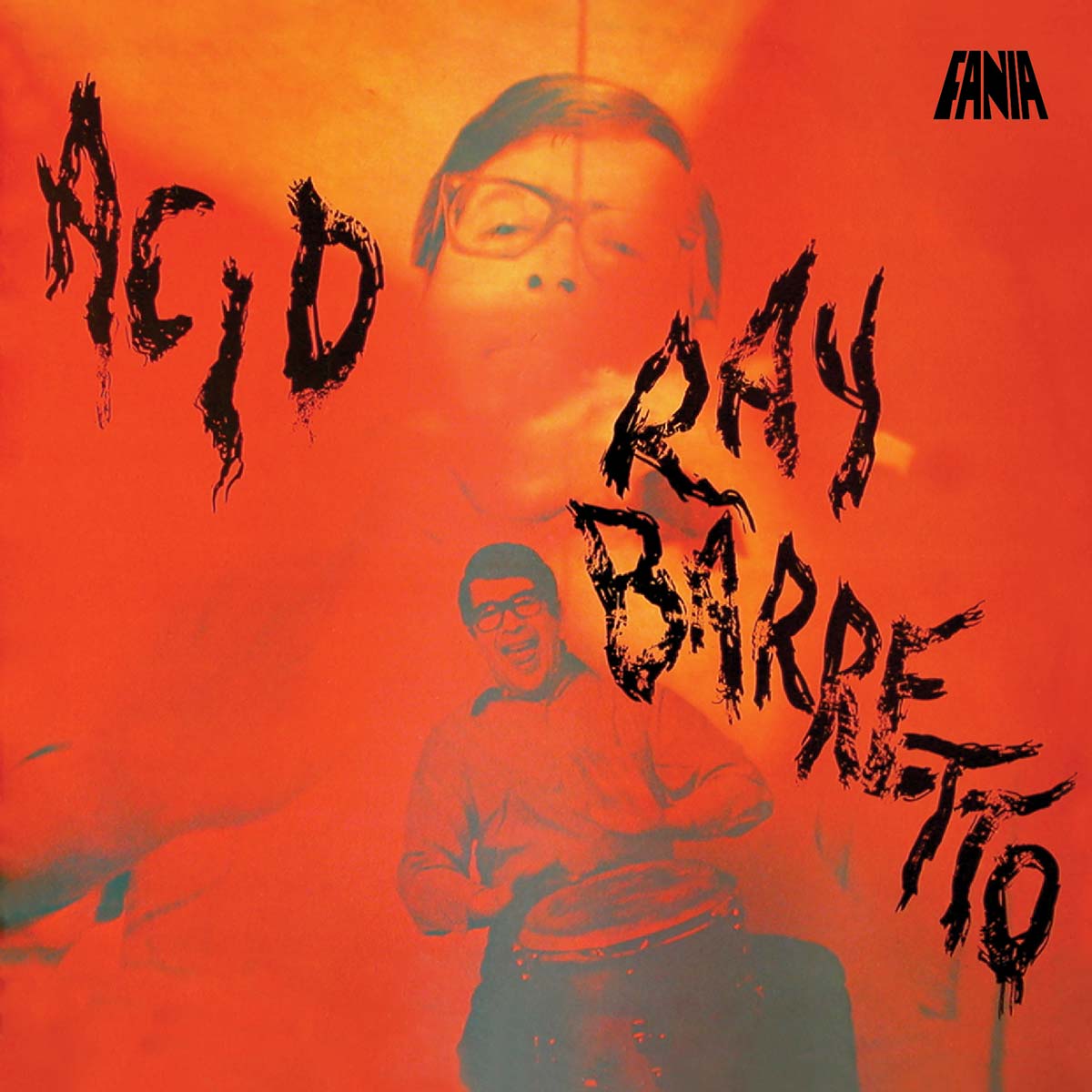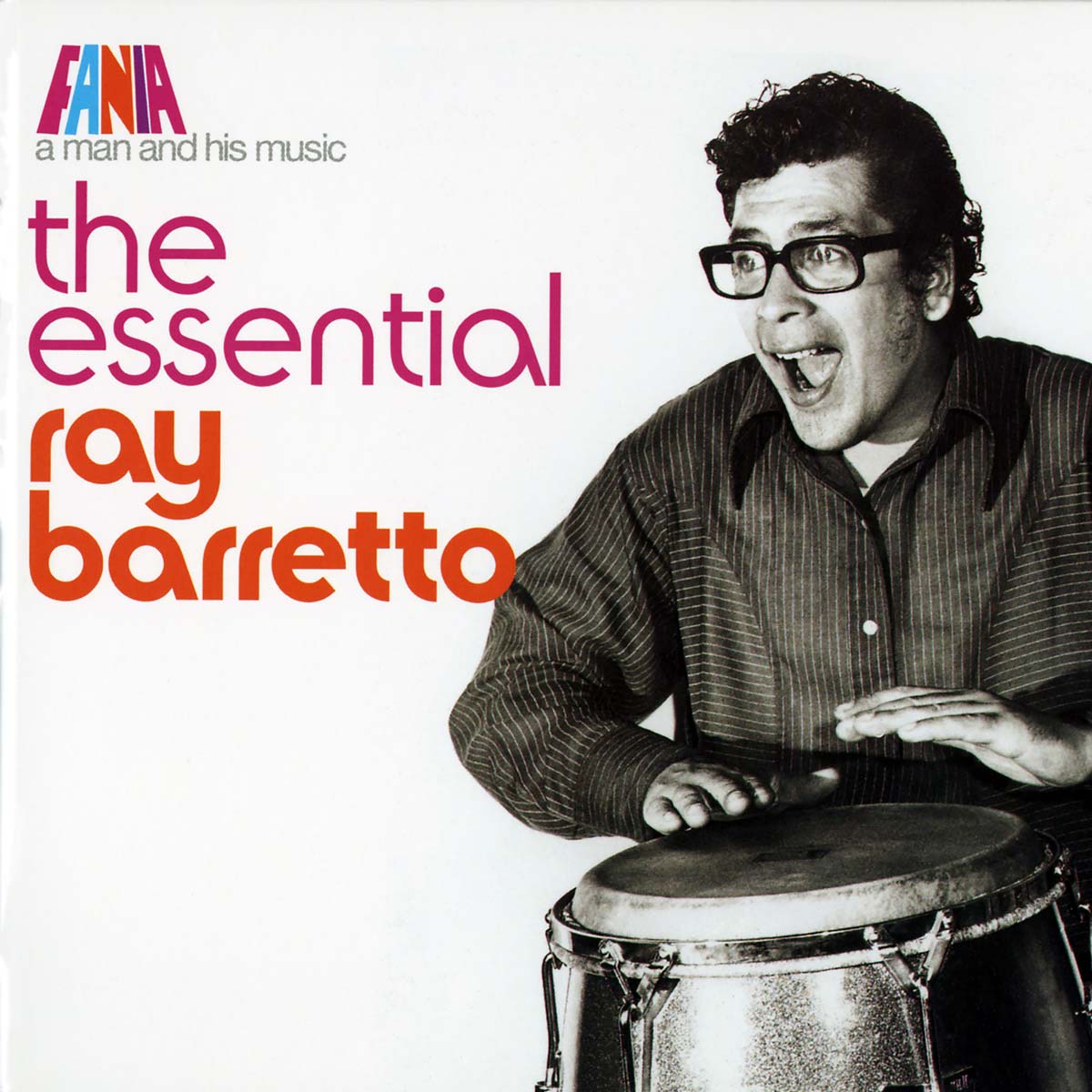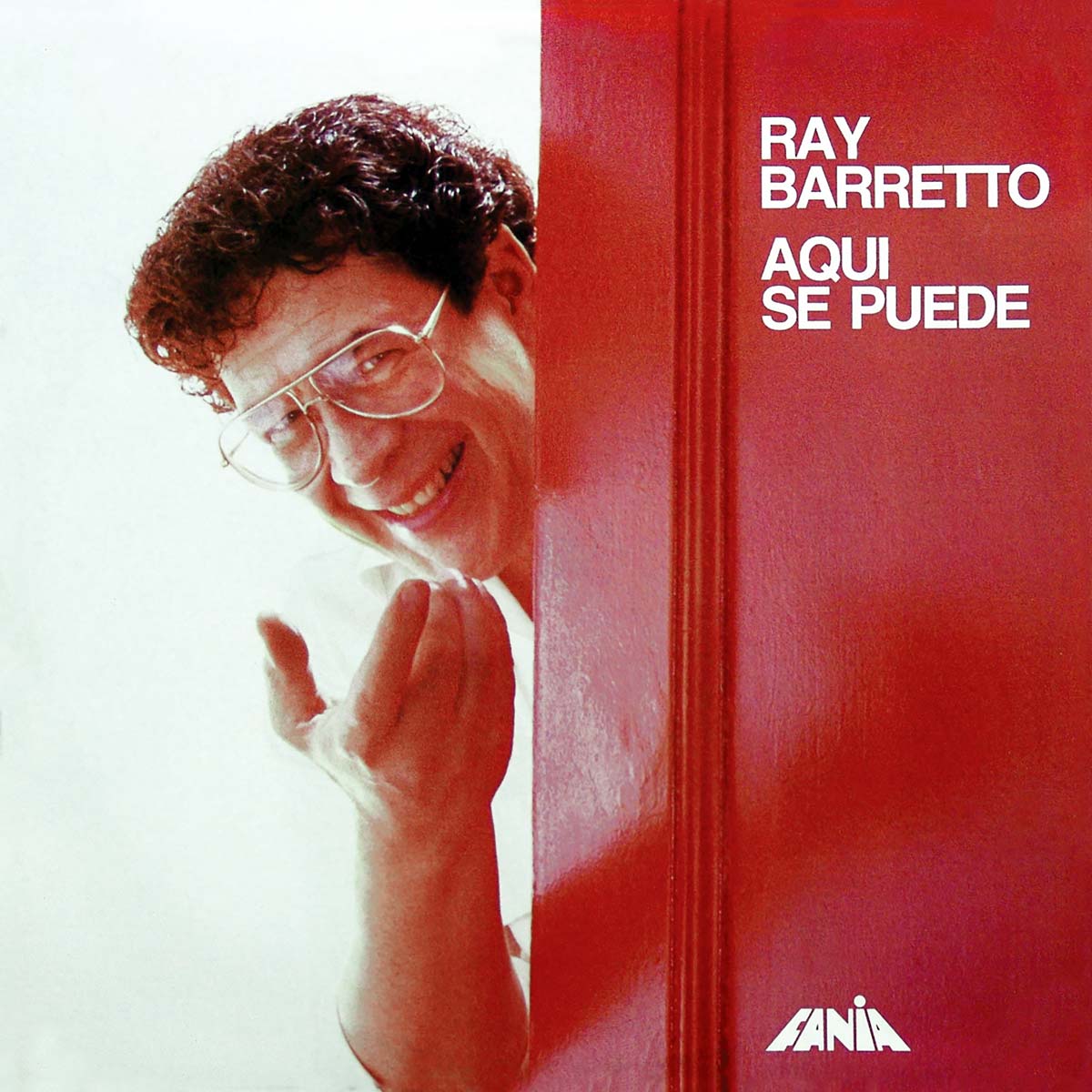
If there’s one thing that Ray Barretto was an expert at, it was his ability to assemble the right personnel when forming his bands. The musicians on this 1985 release, in fact, are basically the same from the previous release (Todo Se Va Poder) and include Jimmy Bosch, Jimmy Delgado, Angel Fernández, Ricky González, Wilson Torres, and Ray Saba, with the exception of Johnny Torres (bass), Eddie Bongo Torres (bongo), Hector Bomberito Zarzuela (trumpet) and Carlos Ferrer (vocals).
With the change of personnel came an elevation in the swing factor. This was especially the case with the addition of bassist Torres. While the Rican/Struction band swung in a more jazz-oriented groove, this band was swinging in a more típico groove, with its emphasis on marcha and afinque. By the time this release was recorded, the band, which had been playing the repertoire for quite some time in their live performances, had become a tight ensemble, musically feeding off of each other. Pianist/Arranger Ricky González recalls: ‘Ray preferred playing new music in front of a live audience before it was recorded. His rationale was that by the time we were in the studio, we’d already be familiar with the songs and therefore get the maximum swing out of them. With “Aqui Se Puede” not only is that swing evident, but Ray had developed such confidence in the band that he allowed for more creative freedom from the musicians and arrangers.’
The task of arranging the music on this release was assigned to González and Angel Fernández. ‘As an arranger in Ray’s band, you had to be open to his musical input. I believe that was the case for all of his arrangers. I don’t believe any of us really minded that much, because he was a ‘musical’ person who understood the subtleties and nuances of songs and arrangements. Plus, he usually had a clear picture in his mind of the overall ‘vibe’ he wanted a song, and by extension the whole album, to have. He respected, admired, and sometimes even envied, the arranger’s ability to create music from the imagination and translate it onto paper. He always gave us plenty of freedom, but not before he was satisfied that he’d contributed something to the mix”, recalled González. Barretto was always open to suggestions from those around him. Fernández recalls how the song, “Aqui Se Puede”, came to Ray’s attention. According to Fernández: ‘Ralph Mercado had just returned from South America and had brought back some recordings he had heard during his travels. Among the recordings was one song from a Brazilian artist, I believe it was Airto, that Ralph thought would be a good fit for Ray and the band. The song was “Aqui Se Puede”. Ray gave it to me to arrange.” Eventually the song, “Aqui Se Puede”, would make it onto this release, along with six other tunes.
The band swings throughout the entire production. The rhythm section, anchored by bassist Torres, lays a foundation rich in marcha and afinque for the brass section and vocalist, Ray Saba, to thrive on. This was only the second outing for Saba, a virtually unknown vocalist singing with a local New Jersey band named Los Kimy until he came to Barretto’s attention. What Barretto saw in Saba was a young vocalist with an uncanny ability to improvise, a sonero in every sense of the word. Unfortunately, it would be his last recording. He originally recorded some of the songs on the next release, Irresistible, but his vocals would eventually be recorded over when he was let go from the band due to some personal problems he was experiencing. It can be said that “Aqui Se Puede” is the last of Barretto’s great recordings, if the sound you enjoy is that old school sound reminiscent of the mid-1970s Fania era, a time when salsa was all the rage. While that may be true, there was still more to come.
Credits: Ray Barretto – Conga, Percussion Jimmy Bosch – Trombone Jimmy Delgado – Timbales Wilson Torres – Trumpet Angel Fernández – Trumpet Hector “Bomberito” Zarzuela – Trumpet Ricky González – Piano Carlos Soto – Maracas Eddie Torres – Bongo Johnny Torres – Bajo Vocals – Carlos Ferrer, Ray Saba Chorus – Ronnie Baró, Rafael “Felo” Barrio Producer – Ray Barretto Executive Producer – Jerry Masucci Recorded at – La Tierra Sound Studios, New York City Engineer – Irv Greenbaum Arrangements – Ricky González (“La Resbalosa”, “Amor De Lujo”, “No Te Quedes Sin Bailar”), Angel Fernández (“Aqui Se Puede”, “Si Me Voy Para Mi Islita”, “Pa’ Todo El Año”), Ricky González and Angel Fernández (“No Me Paren La Salsa”) Original Album Concept and Design – Izzy Sanabria Original Album Photography – Ed Brown
Written by George Rivera


